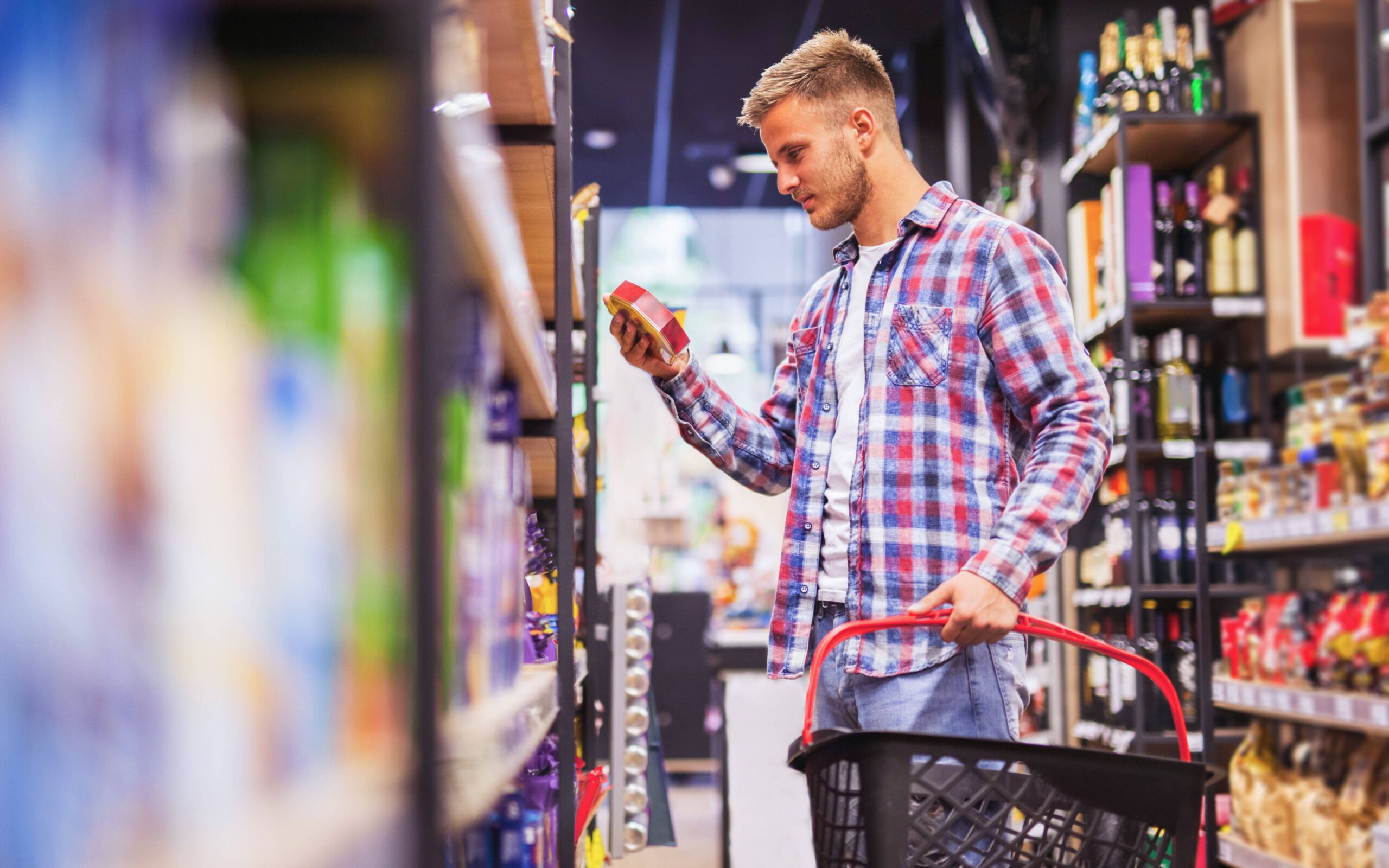Cash Back for Your Cart: Grocery Rebate Apps That Pay You to Shop
Updated: Nov 27, 2025
Buying groceries is one of those unavoidable expenses, but what if every trip to the store could put money back in your pocket? Discover how grocery rebate apps turn everyday shopping into an opportunity to earn extra cash—without clipping a single paper coupon.

Why Grocery Rebate Apps Are Different from Coupons
Traditional coupons give you savings at the register, but grocery rebate apps work after the fact. You buy your groceries as usual, upload proof of purchase, and the app sends you cash back. This means you can stack rebates with store discounts, loyalty points, and even manufacturer coupons for bigger savings.
Because the cash back comes after purchase, you’re not limited to shopping at one specific store or worrying about a cashier rejecting a coupon. Many rebate apps also include offers for online grocery orders, which makes them a good fit if you use services like Instacart or Walmart Grocery.
How the Process Works
Most grocery rebate apps follow a straightforward flow:
-
Browse Offers Before You Shop – You can scroll through the app to see which products have current rebates, then add them to your list.
-
Make Your Purchase – Buy the qualifying products at any participating store or online.
-
Upload Your Receipt – Take a photo of your paper receipt or forward a digital receipt to the app.
-
Get Paid – Once the app verifies your purchase, it credits your account. You can usually cash out through PayPal, gift cards, or direct deposit.
Some apps also allow you to link store loyalty cards so offers are applied automatically without uploading receipts.
Standout Apps Worth Trying
Ibotta is one of the most popular grocery rebate apps, with offers ranging from name-brand products to “any item” rebates that apply to generic or store-brand goods. It also partners with major online retailers, so you can earn cash back on grocery delivery.
Checkout 51 updates its offers weekly, and you can earn rebates on both groceries and gas. Its cash-out threshold is low, which makes it easy to get paid quickly.
Fetch Rewards takes a slightly different approach, giving you points for uploading receipts from any store. Points can be redeemed for gift cards, and you don’t have to select offers in advance—perfect if you don’t want to plan your purchases around the app.
If you prefer to shop exclusively online, Upside and similar apps have started including grocery offers in addition to fuel and dining rewards.
Stacking Strategies for Bigger Rewards
One of the best parts about rebate apps is that you can often combine them. For example, you could use Ibotta for a cash-back offer on a cereal brand, upload the same receipt to Fetch Rewards for points, and also take advantage of a store loyalty discount.
Pairing rebate apps with credit cards that offer grocery rewards can amplify your savings even further. If you use a card with 3%–6% cash back on groceries, your total return could easily reach 10% or more on certain purchases.
Beyond Branded Products
While some people think rebate apps only work for name brands, many have expanded to include produce, dairy, and pantry staples without a brand requirement. These “any brand” or “any item” offers are great for shoppers who stick to store brands or buy fresh produce that usually isn’t coupon-friendly.
For example, Ibotta might offer 25 cents back on “any gallon of milk,” while Checkout 51 could have a similar deal for “any loaf of bread.” These may seem small, but they add up quickly over a month of regular shopping.
Avoiding Common Pitfalls
Rebate apps can be a powerful tool, but it’s important to use them strategically. Chasing every offer can lead to buying things you don’t really need, which defeats the purpose of saving money.
Another consideration is the payout threshold. Some apps require you to accumulate $20 or more before cashing out, which can take longer if you shop infrequently or only redeem small offers. If you prefer faster rewards, choose apps with lower cash-out limits.
Lastly, keep an eye on expiration dates for offers. Many refresh weekly or monthly, so timing your purchases matters.
Turning Small Rebates into a Bigger Financial Boost
While you might earn just a few dollars a week from rebate apps, that money can serve a bigger purpose if you put it to work. For example, you could funnel your earnings into a high-yield savings account, apply them toward debt payments, or use them to fund a holiday gift budget so you’re not caught off guard at the end of the year.
If you consistently earn $10 a week in rebates and save it, that’s over $500 a year—without changing much about your regular grocery shopping routine.
Where to Go from Here
Once you’ve mastered grocery rebate apps, you can extend the strategy to other areas of your spending. Many of these apps also include offers for household items, pet supplies, and personal care products. And outside of groceries, cash-back shopping portals like Rakuten and card-linked offers from your bank can help you earn on clothing, electronics, and dining.
The key is to integrate these savings tools into your normal spending habits, so you’re earning rewards consistently without going out of your way to make unnecessary purchases.
Final Thoughts
Grocery rebate apps are a low-effort way to turn a necessary expense into a source of extra income. By combining multiple apps, stacking offers, and being mindful of expiration dates, you can make your grocery budget stretch further without changing where or how you shop. Once you start seeing those small payouts add up, it’s hard to go back to paying full price.
Sources

